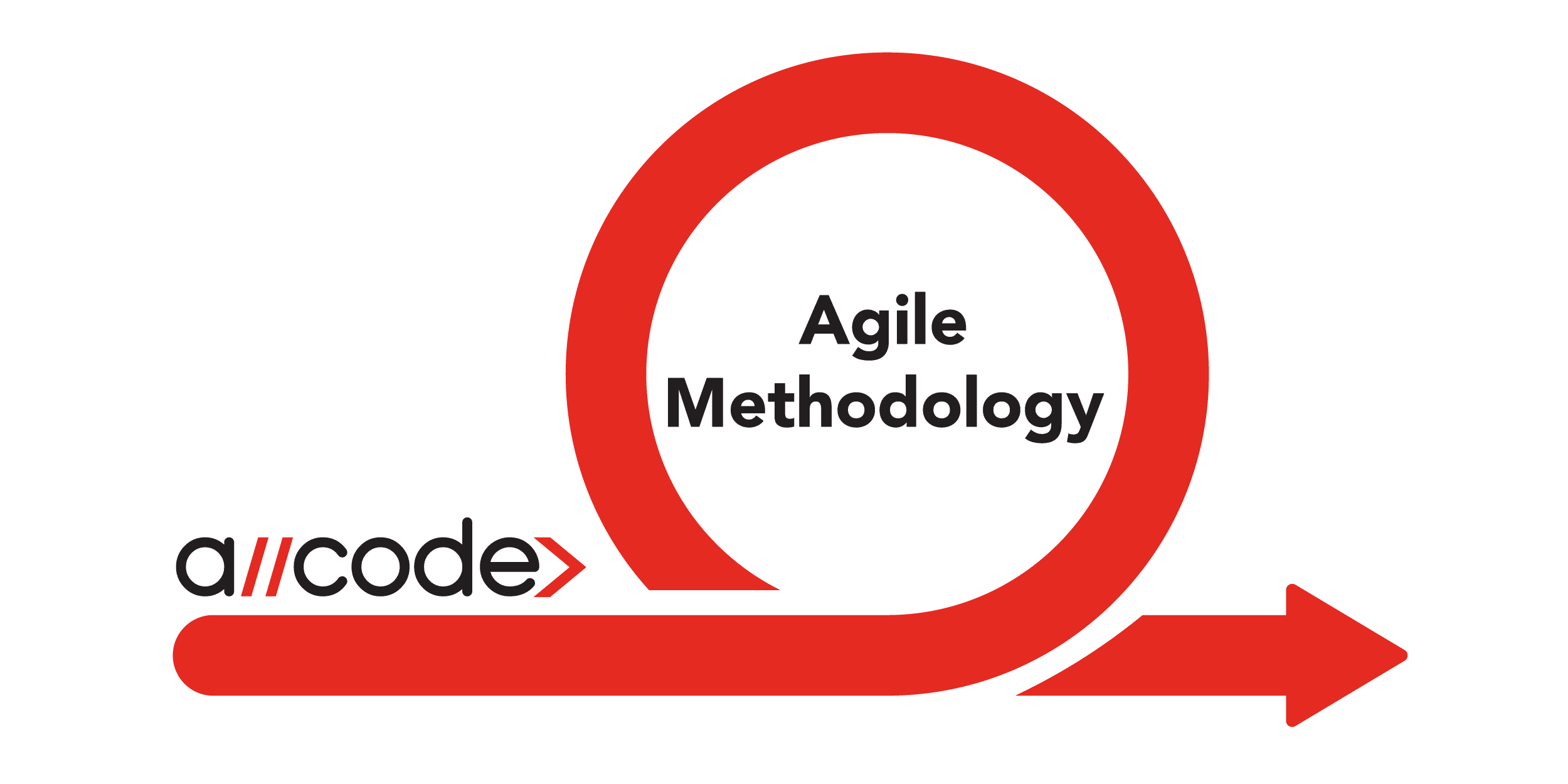
Computer programming’s evolution accelerated with the introduction of technological breakthroughs like big data, cloud computing, and AI technology. Although recent advances add finesse to the developmental aspect, dynamic software solutions still require a fully systemized strategy.
What is software development?
The insight, design, and deployment inherent in a software program entails creating and maintaining the company source code, but also extends to comprehensive research, product emergence, prototyping, enhancement, conservation, and beyond.
The skilled individuals responsible for software programming, or development, specialize in various computational languages and methodologies that create tools for the creative mind to flourish, expedition for vital needs, and solutions for the future’s unmet challenges.
Agile Software Development Methodology
In a strategic spiral where requisite functionality and dynamic interface coalesce through the collaborative stages between self-organizing and cross-functional teams, the agile approach enables developers to compartmentalize wide-ranging product specifications, builds, and test phases, propelling delivery of operative software.
The 6 Phases of Agile Software Development
An iterative, deliberate process ensures the successful delivery of software that satisfies the customer and engages meaningfully with the end-user. Each step in this approach leads to the realization of the client’s proposal in concert with the developer’s creative vision.
- Analysis
The analysis stage comprehends the theoretical, conceptual task in which developers and stakeholders reach a consensus on the expectations and requirements of the project. - Design
The design team creates schematic and flow concepts based on the client’s indications. Pending approval, prototypes advance to the development team.
- Build
The first iterations of the product emerge, undergoing multiple cycles of revision, and continuing on to the trials phase.
- Testing
The quality assurance team tests functionality, rectifies bugs, and documents the results. Modifications based on test outcomes are carried out and prepared for client approval.
- Review
The client receives a demo version of the product for appraisal and further modification, if needed. Upon compliance with previously established objectives, the product is eligible for release.
- Launch
The final phase of agile software development brings forth a market-ready product; the creative team poised for its next technological undertaking.

